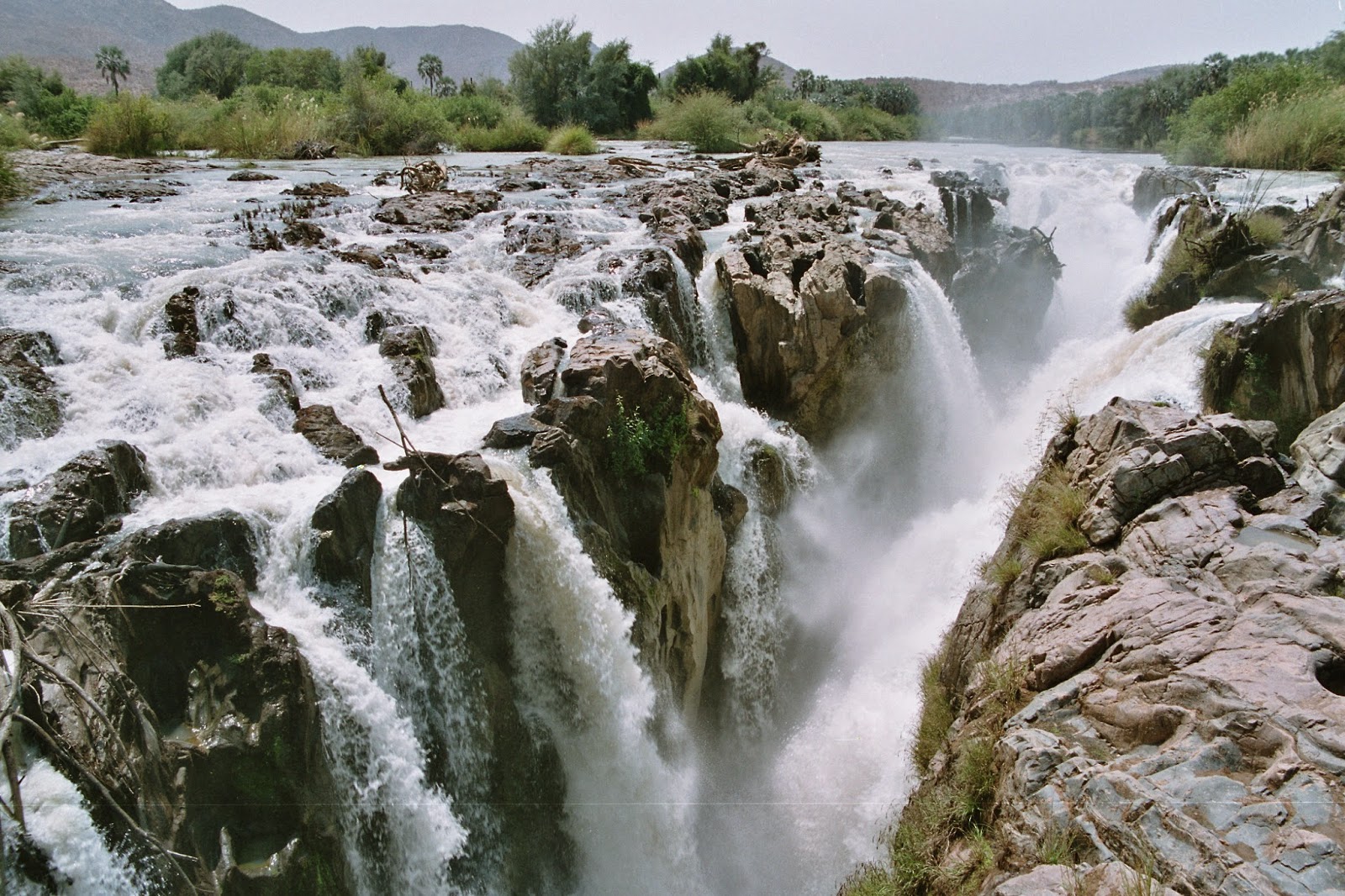Haifoss means “high waterfall” is
a waterfall in Fossardalur valley innermost of Thjorsardalur
valley in South Iceland. Haifoss is Iceland 2nd highest waterfall
with a height of 122 meters. The waterfall Háifoss is situated near the volcano
Hekla in the south of Iceland. From the
historical farm Þjóðveldisbærinn Stöng, which was destroyed by a volcanic
eruption of Hekla in the Middle Ages and reconstructed, it is possible to hike
to the waterfall along the Fossá (5 to 6 hours both directions).
Well, above the
waterfall, there is also a parking lot, so the hiking can also be made in the
other direction. Moreover nearby Haifoss another waterfall which is called
Granni, meaning 'Neighbour', i.e. a neighbour to Haifoss. If you get the encyclopedic facts aside, what really made this
waterfall stand out was that it was also accompanied by an identical waterfall
often called Granni the Neighbor in an adjacent gorge. You’d be quite lucky
enough, if both waterfalls at their full flow. The Haifoss falls is hauntingly
attractive desolate landscape of the Icelandic highlands.
Perhaps
you’ve to required physical exertion, as the road is pretty bumpy one, which
can damage your car transmission and tires. The car parking is quite easy here;
you just need to go downhill for super view of Haifoss, and Granni. It there’s
rain then you’ve a chance of splendid rainbows making your trip memorable. Many
tourists spent time here by taking photograph and chilling out there. Both
waterfalls were on segments of the Fossá River, and the views of the both
waterfalls were from the top of a deep chasm, you’ve to be careful not to get
too close to the edges of the unstable cliffs. Source: Charismatic Planet













































